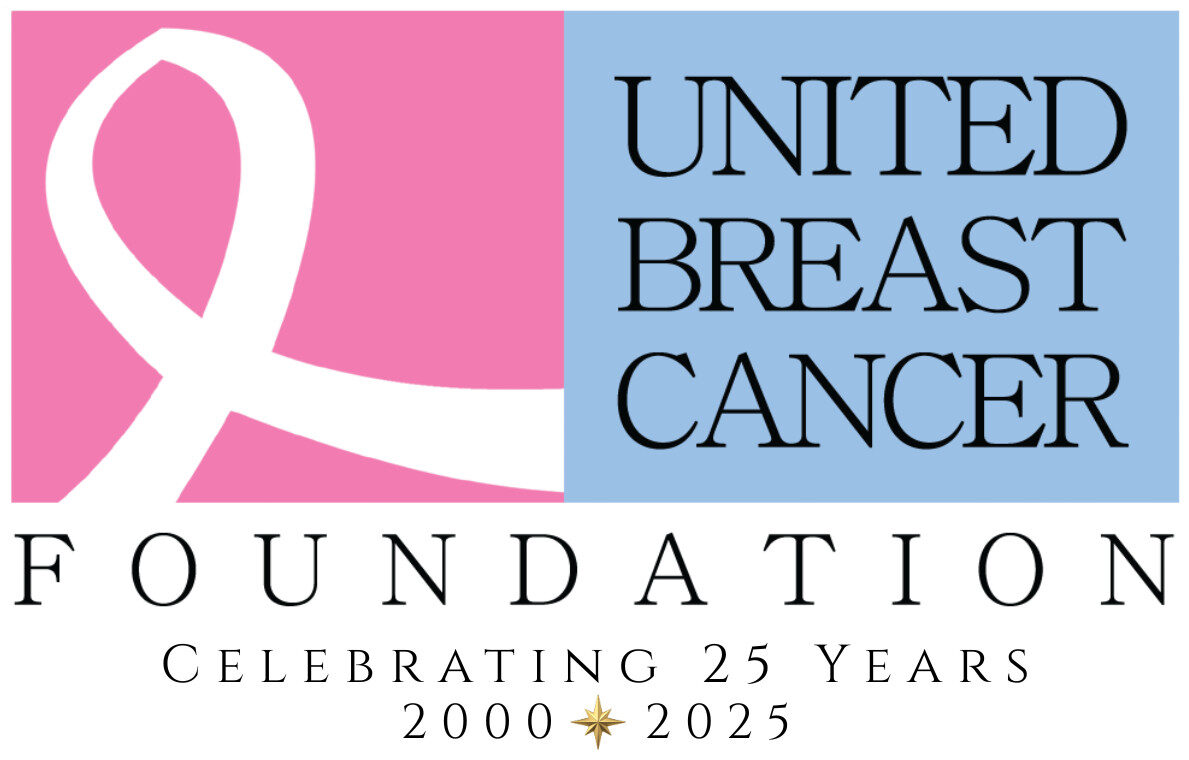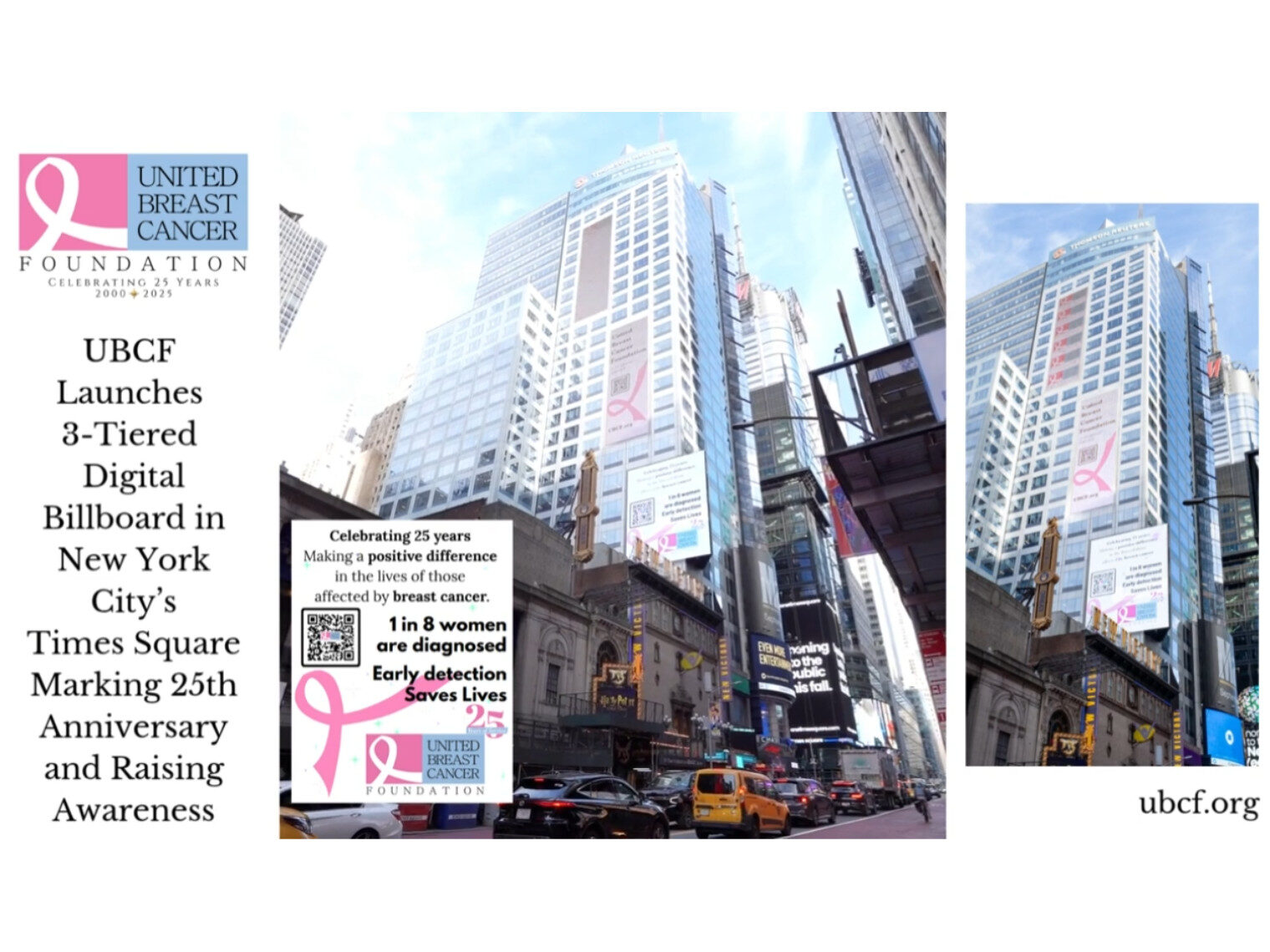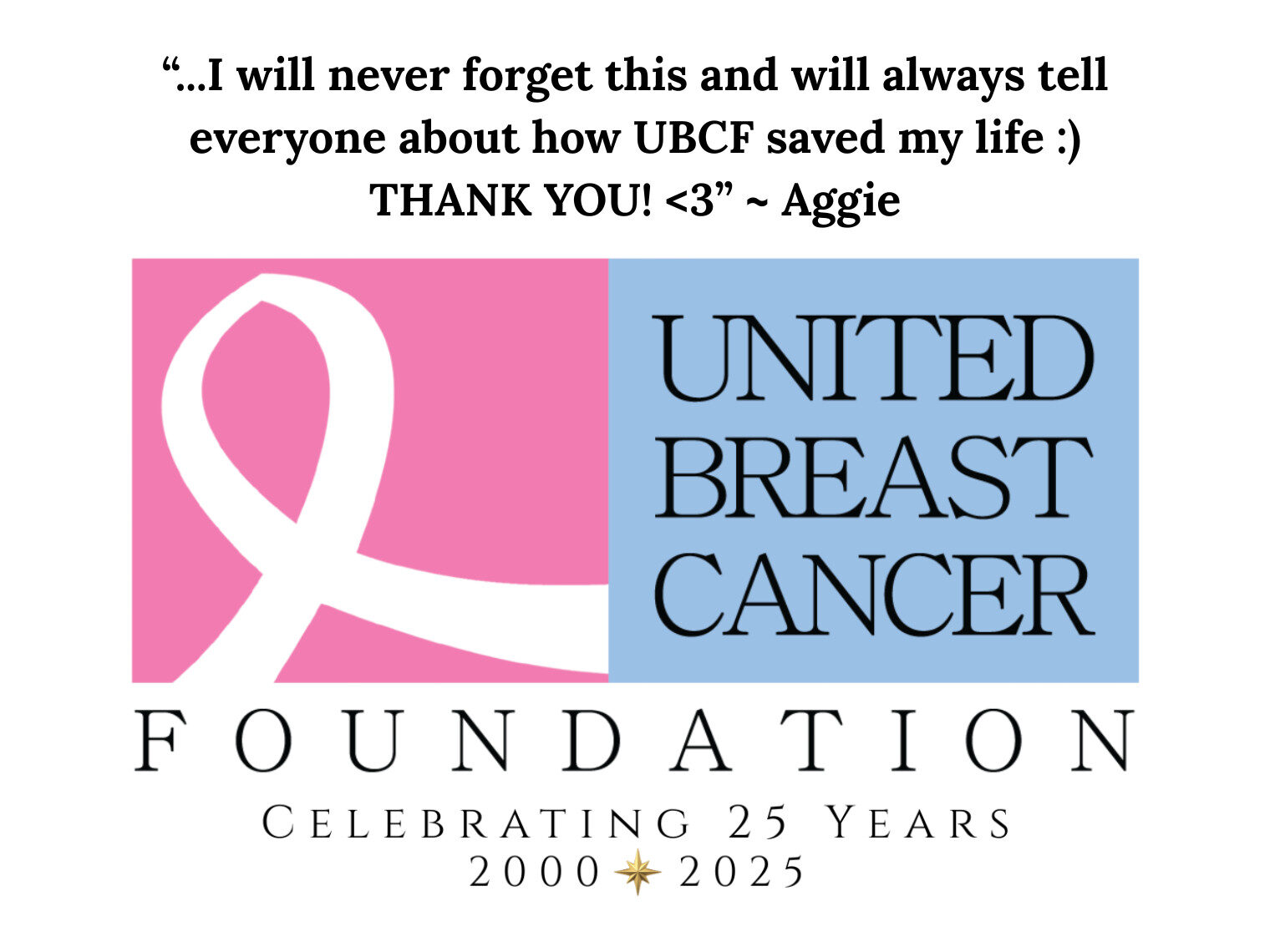It’s quite possible that the greatest defense against breast cancer is early detection and swift treatment. If breast cancer is diagnosed and identified early, chances of a full recovery are significantly higher than a later diagnosis. It is for this reason that monthly breast self-examinations are extremely important – they can help identify breast cancer early. During a self-examination there are a few things to look out for:
- Change in the size of one or both breasts.
- Change in the shape of one or both breasts; flattening or marble-like area.
- Discoloration of breast tissue or change in skin texture.
- Clear or bloody discharge from the nipple.
- Tenderness of the breast and/or nipple.
- Chafing, or flaking of the breast skin.
- Presence of a breast lump or noticeably denser tissue that is not related to your menstrual cycle.
- Swelling in the armpit.
- Pain or tingling sensation within the breast.
It is important to note that many of these symptoms may be attributed to something less serious than breast cancer, however, it is important to notify your doctor if you notice any of the above symptoms. Further screenings and a biopsy may be necessary to determine what’s going on. Many biopsies of abnormal breast tissue reveal a benign breast condition.
If you’ve had a breast tissue biopsy in the past and it was determined that the mass was benign, great news! Keep in mind, benign tumors, otherwise known as atypical hyperplasia, can sometimes increase your risk of breast cancer. Other benign masses, like cysts or fibroadenomas, have no effect on the risk of developing breast cancer because they are non-proliferative; put in plain English, their cells do not multiply as quickly.
As stated earlier, early detection is likely the most important component of breast cancer treatment. UBCF recommends that you pay attention to your body and take note if you notice any of the above common breast cancer symptoms and promptly notify your doctor.
References
- Hartmann LC, Sellers TA, Frost MH, et al. Benign breast disease and the risk of breast cancer. N Engl J Med. 353(3):229-37, 2005.
- Laronga C, Tollin S, Thurlow M. Breast cysts-clinical manifestations, diagnosis and management. In: Chagpar AB, ed. UpToDate. Waltham, MA, UpToDate, 2014.
- Centers for Disease Control and Prevention. Breast cancer – what are the symptoms?http://www.cdc.gov/cancer/breast/basic_info/symptoms.htm, 2013.









